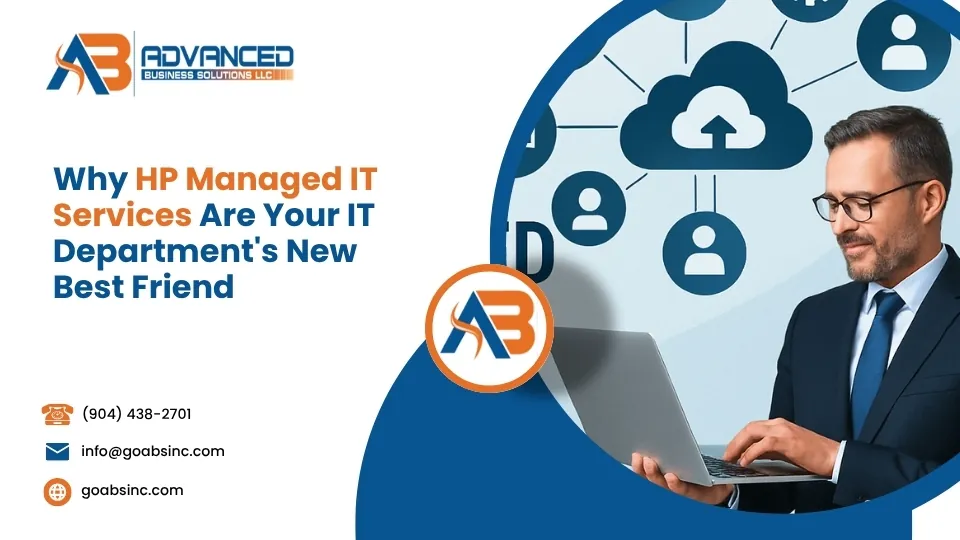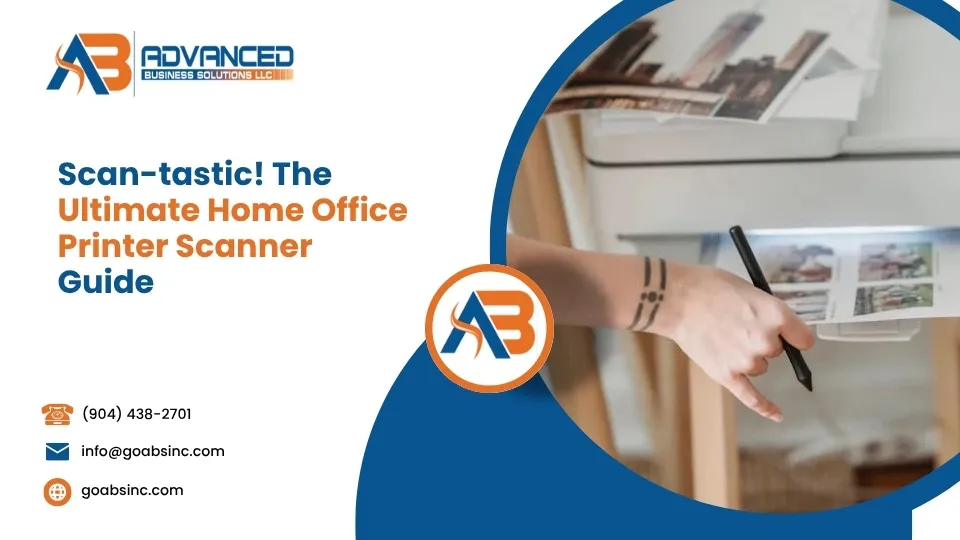Document management systems are software solutions that help businesses store, organize, search, and share digital documents from one central location. Instead of hunting through file cabinets or scattered computer folders, you get instant access to any document with a simple search.
Here’s a reality check: More than 46% of workers waste time every day on paper-centric workflows. That adds up to over 11 hours per week dealing with document issues – and five of those hours are completely unproductive.
Think about your last “where did I put that file?” moment. Maybe you needed an invoice for accounting, a signed contract for legal, or employee records for HR. Without proper document management, these simple tasks turn into time-sucking treasure hunts.
Modern document management programs solve this with features like:
- Instant search across all your files
- Version control so you always work on the latest copy
- Secure sharing with clients and remote teams
- Mobile access from phones and tablets
- Automated workflows for approvals and signatures
The best part? Most systems work in the cloud, so your team can access documents from anywhere while keeping everything secure and backed up.
Why Digital Document Management Matters
A document management system (DMS) is your digital command center for storing, organizing, and accessing all your business documents. Instead of that old filing cabinet gathering dust in the corner, imagine having every document at your fingertips with a simple search.
Document management programs transform how your business operates by eliminating the daily frustrations that slow everyone down. Going paperless means no more hunting through stacks of paper or wondering if you’re looking at the latest version of a contract.
Real-time collaboration becomes effortless when your team can access and edit documents simultaneously from anywhere. No more emailing files back and forth or dealing with conflicting changes.
Version control puts an end to those embarrassing “finalfinalFINAL_v2″ naming disasters. The system automatically tracks every change and keeps a clean history of who did what and when.
The cost savings add up quickly. Less money spent on paper, printing, and physical storage space means more budget for growing your business. Plus, compliance support becomes automatic with built-in retention policies and audit trails that satisfy regulatory requirements.
Remote work flows smoothly when documents live in the cloud instead of locked away in office filing cabinets. Your team stays productive whether they’re working from home, the office, or anywhere in between.
Our Guide to Digital Document Management Systems walks you through the complete transition process for businesses ready to leave paper chaos behind.
How a DMS Works Behind the Scenes
The technology behind modern document management programs works like a well-oiled machine, handling complex processes so simply that you barely notice them happening.
Document capture starts the process by scanning physical papers or importing digital files. Whether it’s a PDF, Word document, image, or email, the system brings everything into one organized space.
Indexing and metadata work like invisible librarians, automatically extracting important details like dates, document types, and key information. These digital tags make finding any document lightning-fast, even years later.
OCR technology transforms scanned documents into searchable text. That old contract from 2019? You can now search for specific clauses without reading every page. The system reads the text and makes it fully searchable.
Workflow automation handles the routing and approval processes that used to eat up so much time. Documents automatically move through the right channels, notifications get sent to the right people, and approvals happen based on rules you set up once.
Business & Personal Gains You’ll Notice Fast
Statistic about 46% of workers wasting time on paper-based tasks? Here’s what changes when you solve that problem with the right system.
Productivity gains show up almost immediately. Teams stop spending precious time hunting for files and start focusing on work that actually moves the business forward. One local business cut their invoice processing time from three days down to just three hours.
Those 11 hours per week your team currently spends wrestling with document issues? That time comes right back to you for revenue-generating activities. The ROI typically pays for itself within six to twelve months through faster processing, reduced printing costs, and improved efficiency.
Stress reduction might be the most underrated benefit. No more panic when someone asks for “that document from last quarter.” Everything becomes searchable and accessible in seconds, making everyone’s workday smoother.
The environmental impact matters too. The average office worker goes through 10,000 sheets of paper yearly. Going digital eliminates most of that waste while supporting your company’s sustainability goals – something more clients care about every year.
Core Capabilities & Security Essentials in Document Management Programs
Modern document management programs pack serious functionality into user-friendly interfaces. Here’s what separates the good systems from the great ones:
Advanced search capabilities let you find documents by content, metadata, or even similar documents. Type “Q3 budget” and get every relevant file, even if it’s titled “Third Quarter Financial Planning.”
Mobile access means your team can retrieve, edit, and share documents from phones and tablets. That contract approval doesn’t have to wait until Monday morning.
Electronic signature integration streamlines approvals and agreements. DocuSign integration is common, but many systems include built-in eSignature capabilities.
Audit trails track every action – who viewed what, when changes were made, and which version was approved. This is crucial for compliance and accountability.
Encryption and access controls protect sensitive information with bank-level security. Documents are encrypted both in transit and at rest.
Retention policies automatically archive or delete documents based on legal requirements or company policies. Set it once and forget it.
Workflow automation handles repetitive tasks like routing invoices for approval or notifying teams about document updates.
Integration capabilities connect with your existing business tools – CRM systems, accounting software, email platforms, and productivity suites.
Our Secure Document Management Solutions guide details the security features that protect your business while maintaining productivity.
Must-Have Features List for Modern Document Management Programs
When evaluating systems, these features separate the contenders from the pretenders:
Metadata management automatically tags documents with searchable information. The system should extract dates, document types, and content without manual input.
Full-text search goes beyond file names to search inside documents. This includes OCR-processed scanned documents and email attachments.
Version control maintains complete document history with rollback capabilities. Everyone works on the current version while preserving previous iterations.
Automated workflows handle approvals, notifications, and document routing. Build processes once and let the system execute them consistently.
Client portals provide secure external access for customers and partners. They can upload documents, download files, and track project status without cluttering your main system.
API integration connects with other business systems. Your document management should play nicely with existing software investments.
Scalability grows with your business. Start small but ensure the system can handle increased users, storage, and complexity.
Locking Down Your Files Without Slowing Teams
Security doesn’t have to mean complexity. The best document management programs implement robust protection that’s invisible to daily users:
AES-256 encryption protects documents with military-grade security. Files are encrypted during transmission and storage, making them unreadable if intercepted.
Multi-factor authentication (MFA) adds an extra security layer beyond passwords. Users verify identity through phone apps, SMS codes, or hardware tokens.
Compliance support helps meet industry regulations like HIPAA for healthcare, GDPR for European data, and various financial standards. Built-in features handle most compliance requirements automatically.
Granular access controls let you set permissions by user, group, or document type. Accounting sees financial documents, HR accesses employee files, and executives get everything they need.
Audit logging creates immutable records of all system activity. These logs are essential for compliance audits and security investigations.
Document Management Programs: Cloud vs On-Premise, Cost & ROI
Your deployment choice shapes everything from day-one costs to how your team works five years from now. Let’s break down what really matters when choosing between cloud and on-premise document management programs.
Cloud-based systems get you up and running fast. Think days instead of months. Your vendor handles all the technical heavy lifting – updates, backups, security patches, and server maintenance happen automatically while you sleep. You pay a predictable monthly fee based on users and storage, making budgeting straightforward.
On-premise solutions put you in the driver’s seat. Your data stays on your servers, in your building, under your complete control. This appeals to businesses with strict data policies or unique customization needs. The trade-off? You need dedicated IT staff and upfront hardware investment.
Hybrid approaches offer the best of both worlds for companies that can’t go fully cloud. Keep sensitive client files on-premise while storing general documents in the cloud. This works particularly well for law firms and healthcare practices with strict confidentiality requirements.
Total Cost of Ownership goes deeper than sticker prices. Cloud systems look expensive monthly but include everything – hosting, maintenance, updates, and support. On-premise systems have lower ongoing costs but require significant upfront investment in servers, software licenses, and IT expertise.
Scalability tells the real story. Need to add 20 users next month? Cloud systems handle this with a few clicks. On-premise systems require capacity planning, hardware upgrades, and potentially weeks of preparation.
Our Affordable Document Management for SMBs guide walks smaller businesses through these decisions without the technical jargon.
| Feature | Cloud-Based | On-Premise |
|---|---|---|
| Initial Cost | Low (subscription) | High (hardware + software) |
| Deployment Time | Days to weeks | Weeks to months |
| Scalability | Instant | Requires planning |
| Maintenance | Vendor managed | Internal IT required |
| Data Control | Shared responsibility | Complete control |
| Disaster Recovery | Built-in | Must be configured |
| Compliance | Vendor certified | Your responsibility |
Choosing the Best Document Management Programs for Your Size & Industry
Small businesses under 50 employees need systems that work immediately without a computer science degree. Look for intuitive interfaces, pre-built workflows, and minimal IT requirements. These systems should feel familiar from day one, not require weeks of training.
Mid-size companies between 50-500 employees hit the sweet spot where advanced features become necessary. You need sophisticated workflows that handle multi-step approvals, integration capabilities that connect with existing software, and departmental controls that keep accounting files away from marketing teams.
Enterprise organizations with 500+ employees require industrial-strength capabilities. These implementations often need dedicated IT support, extensive customization, and complex workflow management. Change management becomes crucial when rolling out systems to hundreds of users.
Industry requirements dramatically affect your choice. Legal firms need version control that tracks every document change, privilege protection that maintains attorney-client confidentiality, and case management integration that organizes files by matter.
Construction companies require mobile access for field teams, project-based organization that keeps job files separate, and drawing management that handles large CAD files and blueprints.
Healthcare organizations must meet HIPAA requirements with patient record protection, audit trails that track who accessed what, and secure communication features for sharing sensitive information.
Financial services need SOX compliance, comprehensive audit trails, and client confidentiality features that prevent unauthorized access to sensitive financial data.
Budgeting & Predicting Payback From Document Management Programs
Pricing models vary more than you might expect. Per-user subscriptions typically range from $5-50 per user monthly, depending on features and vendor. Basic systems start cheap but lack advanced capabilities, while comprehensive platforms cost more but include everything you need.
Storage-based pricing charges for data volume, usually $0.10-0.50 per gigabyte monthly. This works well for businesses with predictable document volumes but can surprise you if storage needs grow quickly.
Hybrid models combine user fees with storage costs, while enterprise licensing offers volume discounts for large deployments. The key is understanding what’s included and what costs extra.
Implementation costs often catch businesses off-guard. Budget 20-50% of first-year licensing costs for professional setup, data migration, user training, and workflow configuration. Trying to save money here usually backfires with poor adoption and frustrated users.
Training and change management deserve dedicated budget lines. Plan for initial training sessions, ongoing support, and user adoption programs. The best system in the world fails if your team won’t use it.
ROI calculations should include reduced printing and storage costs, time savings from faster document retrieval, improved productivity from streamlined workflows, compliance cost reductions, and disaster recovery benefits.
Most businesses see positive ROI within 6-12 months, with productivity gains continuing to compound over time. That 11 hours per week your team currently wastes on document issues? Getting even half of that back pays for most systems.
Frequently Asked Questions about Document Management Programs
Let’s tackle the most common questions we hear from businesses considering document management programs. These answers will help you understand what you’re getting into and set realistic expectations.
What’s the difference between document and content management?
Here’s where people get confused – and honestly, the terms do overlap quite a bit. Document management zeroes in on your everyday business files like contracts, invoices, employee records, and reports. These systems are built specifically for the nitty-gritty of business operations.
Think of document management as your structured filing system. It excels at version control (so you never accidentally work on last month’s budget), workflow automation (routing that purchase order through the right approval chain), and document-specific features like electronic signatures.
Content management, on the other hand, casts a much wider net. It handles your website content, marketing materials, photos, videos, and all sorts of unstructured digital assets. Content management systems are designed more for publishing and web content rather than the day-to-day document workflows that keep your business running.
The scope difference really matters when you’re shopping for systems. If you’re primarily dealing with business documents that need approval workflows and version tracking, a dedicated document management program will serve you much better than a general content management platform.
How does version control & audit tracking actually work?
Version control sounds complicated, but it’s actually pretty straightforward once you see it in action. The system uses a check-in/check-out mechanism – kind of like checking out a library book.
When someone opens a document for editing, the system automatically “locks” it so nobody else can make changes at the same time. This prevents the chaos of multiple people editing simultaneously and overwriting each other’s work.
Every time you save changes, the system creates a new version while keeping the complete history intact. You can see exactly what changed between versions, compare them side-by-side, or roll back to a previous version if something goes wrong.
Document history becomes your safety net. You’ll see timestamps, who made changes, and even notes about what they modified. It’s like having a detailed diary of everything that happened to each document.
Audit trails take this a step further by creating immutable logs of all system activity. These records can’t be altered or deleted, which makes them rock-solid for compliance and legal purposes. The system tracks who accessed what documents, when changes were made, and which versions got approved.
How tough is it to migrate from paper or legacy drives?
Migration sounds scary, but it’s usually not as painful as people expect. The key is breaking it down into manageable pieces.
Paper migration does require scanning and indexing, but modern systems have made this much more manageable. You can tackle it in batches – start with your most frequently used documents and work through the archives over time. Bulk scanning services can handle large volumes quickly if you want to rip the band-aid off all at once.
The real magic happens with OCR technology, which makes those scanned documents fully searchable. That old contract from 2018? You’ll be able to search for specific clauses without digging through file cabinets.
Digital file migration from network drives or old systems is usually much smoother. Most document management programs include import tools that can preserve your existing folder structures and any metadata you’ve already set up.
Here’s the truth: user training is typically the biggest hurdle, not the technical stuff. People get comfortable with their processes, even when those processes are inefficient. The key is comprehensive training, ongoing support, and rolling out changes gradually rather than shocking everyone with a complete overhaul overnight.
Data cleanup often happens naturally during migration – and that’s actually a good thing. You’ll finally eliminate those duplicate files, outdated documents, and digital clutter that’s been accumulating for years.
Timeline expectations really depend on your situation. Small businesses might wrap up migration in a few weeks, while larger organizations should plan for several months to get everything moved over and everyone comfortable with the new system.
Conclusion
The shift to document management programs isn’t just about keeping up with technology – it’s about getting your life back. Think about those moments when you’re frantically searching through file cabinets or clicking through endless folders, knowing the document you need is somewhere. Those moments add up to real time, real stress, and real money.
When nearly half of all workers waste time every day on document-related headaches, fixing this problem isn’t optional anymore. It’s essential for staying competitive and keeping your team sane.
Modern document management programs have come a long way from the clunky systems of the past. They’re now smart, intuitive platforms that actually make work easier instead of harder. Automated workflows handle the repetitive stuff, instant search finds anything in seconds, and mobile access means your team can work from anywhere without missing a beat.
The environmental impact matters too, especially if your company cares about sustainability. Every digital document is one less piece of paper to buy, print, store, and eventually shred. The cost savings are nice, but the environmental benefits feel even better.
Here’s what we’ve learned from helping businesses across Florida make this transition: the right system transforms how people work. Stress levels drop when everything is findable. Productivity jumps when approvals happen in hours instead of days. Collaboration improves when everyone can access the same current information.
The trick is choosing a system that fits how your team actually works, not how some software company thinks you should work. Start with your current pain points, then find the solution that addresses those specific problems without creating new ones.
Ready to stop playing hide-and-seek with your important documents? Our Document Management Solutions guide walks you through the practical steps to get started, from choosing the right system to training your team.
The paperless future isn’t some distant dream – it’s happening right now, and it’s surprisingly straightforward once you take the first step.














Comments are closed